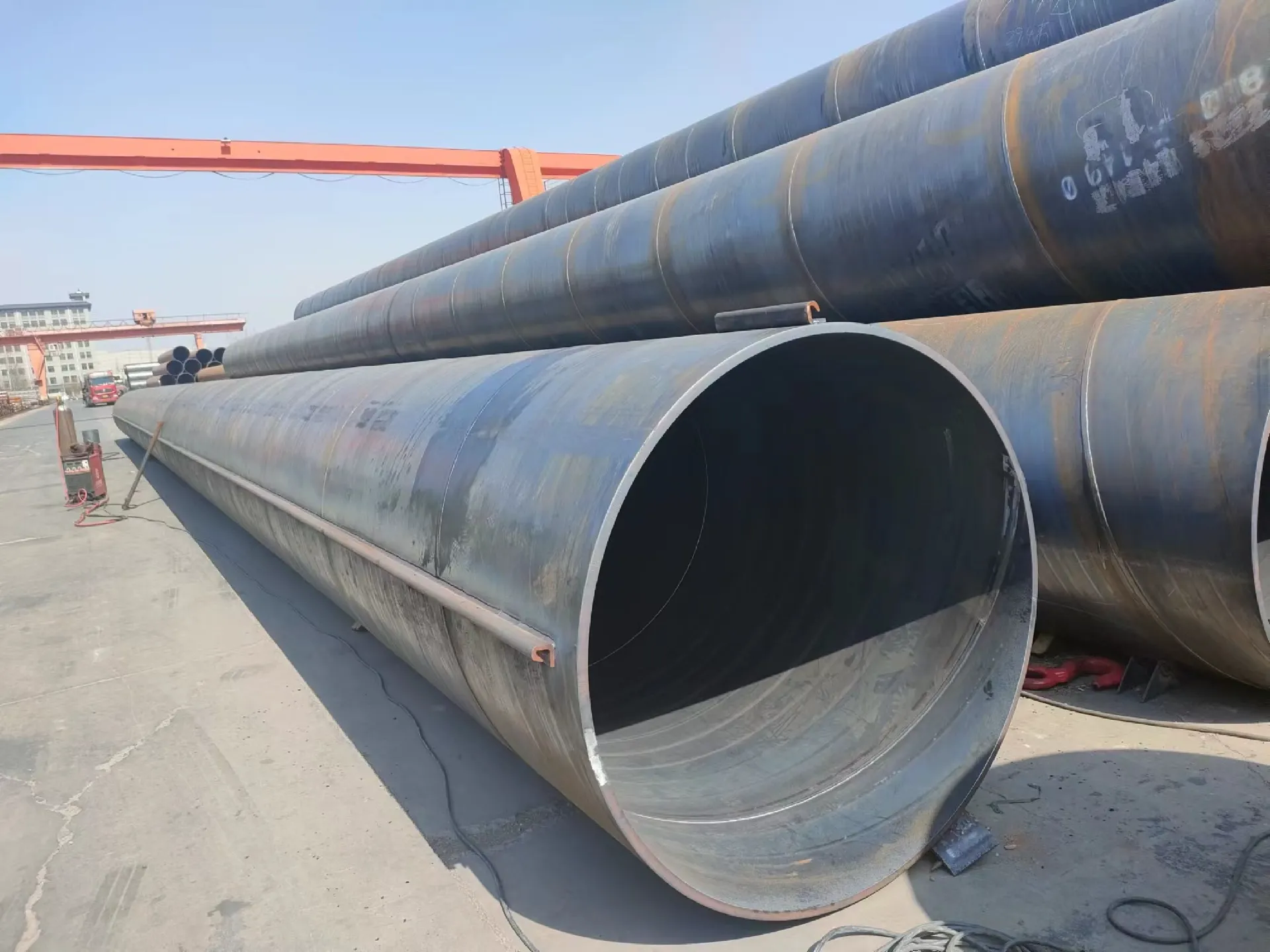-
Cangzhou Yulong Steel Co., Ltd.
-
Phone:
+86 13303177267 -
Email:
admin@ylsteelfittings.com
- English
- Arabic
- Italian
- Spanish
- Portuguese
- German
- kazakh
- Persian
- Greek
- French
- Russian
- Polish
- Thai
- Indonesian
- Vietnamese
- Zulu
- Korean
- Uzbek
- Hindi
- Serbian
- Malay
- Ukrainian
- Gujarati
- Haitian Creole
- hausa
- hawaiian
- Hebrew
- Miao
- Hungarian
- Icelandic
- igbo
- irish
- Japanese
- Javanese
- Kannada
- Khmer
- Rwandese
- Afrikaans
- Albanian
- Amharic
- Armenian
- Azerbaijani
- Basque
- Belarusian
- Bengali
- Bosnian
- Bulgarian
- Catalan
- Cebuano
- China
- China (Taiwan)
- Corsican
- Croatian
- Czech
- Danish
- Esperanto
- Estonian
- Finnish
- Frisian
- Galician
- Georgian
- Kurdish
- Kyrgyz
- Lao
- Latin
- Latvian
- Lithuanian
- Luxembourgish
- Macedonian
- Malgashi
- Malayalam
- Maltese
- Maori
- Marathi
- Mongolian
- Myanmar
- Nepali
- Norwegian
- Norwegian
- Occitan
- Pashto
- Dutch
- Punjabi
- Romanian
- Samoan
- Scottish Gaelic
- Sesotho
- Shona
- Sindhi
- Sinhala
- Slovak
- Slovenian
- Somali
- Sundanese
- Swahili
- Swedish
- Tagalog
- Tajik
- Tamil
- Tatar
- Telugu
- Turkish
- Turkmen
- Urdu
- Uighur
- Welsh
- Bantu
- Yiddish
- Yoruba

Sep . 04, 2024 05:57 Back to list
types of welding in piping
Types of Welding in Piping
Welding is a crucial process in the construction and fabrication of piping systems, which are essential in various industries such as oil and gas, power generation, and transportation. The type of welding used can significantly impact the integrity, strength, and overall performance of the piping systems. This article will discuss several common types of welding techniques employed in piping. 1. Shielded Metal Arc Welding (SMAW)
Also known as stick welding, Shielded Metal Arc Welding (SMAW) is one of the simplest and most widely used welding techniques. It involves the use of a consumable electrode coated in flux that melts to create a shielding gas, protecting the weld pool from contamination. SMAW is especially suitable for outdoor applications and can be used on various materials. While it is versatile, the quality of the weld can be affected by the skill of the welder and environmental conditions.
2. Gas Tungsten Arc Welding (GTAW)
Gas Tungsten Arc Welding (GTAW), commonly referred to as TIG (Tungsten Inert Gas) welding, is known for its high-quality welds and precision. In this process, a non-consumable tungsten electrode generates an electric arc that melts the base metal. The weld pool is protected from oxidation and contamination by an inert gas, usually argon. GTAW is often used for piping applications that require a high degree of integrity, such as in the aerospace and pharmaceutical industries. Although it offers superior results, GTAW is slower and more labor-intensive compared to other methods.
3. Gas Metal Arc Welding (GMAW)
Gas Metal Arc Welding (GMAW), or MIG (Metal Inert Gas) welding, employs a continuous solid wire electrode that is fed through a welding gun. This technique is favored for its speed and efficiency, making it suitable for large-scale piping projects. The weld is protected by an inert gas, such as argon or carbon dioxide, which shields the molten metal from impurities. GMAW is versatile and can be used on a variety of metals, but it may not provide the same quality as GTAW in high-stakes applications.
types of welding in piping

4. Submerged Arc Welding (SAW)
Submerged Arc Welding (SAW) is characterized by the use of a granular flux that covers the weld area during the welding process. This method provides excellent penetration and is often employed for thick-walled pipes in heavy industries, such as shipbuilding and pipeline construction. SAW is typically an automated process, allowing for high production rates, but it requires specialized equipment and setup.
5. Electron Beam Welding (EBW)
Electron Beam Welding (EBW) is a specialized welding technique that uses a focused beam of high-velocity electrons to melt the metal. This process is conducted in a vacuum to prevent contamination. EBW is known for its ability to produce deep and narrow welds, making it ideal for applications that require precision and minimal heat-affected zones. It is commonly employed in the aerospace and nuclear industries.
Conclusion
Choosing the appropriate welding method for piping systems is essential to ensure structural integrity, efficiency, and safety. Each welding technique has its advantages and limitations, and the choice often depends on the materials, application requirements, and the environment. By understanding these different welding types, engineers and contractors can make informed decisions that contribute to the longevity and reliability of piping systems in various industries. As technology continues to advance, the welding techniques will evolve, further enhancing their effectiveness and applications in piping fabrication.
Latest news
-
ANSI 150P SS304 SO FLANGE
NewsFeb.14,2025
-
ASTM A333GR6 STEEL PIPE
NewsJan.20,2025
-
ANSI B16.5 WELDING NECK FLANGE
NewsJan.15,2026
-
ANSI B16.5 SLIP-ON FLANGE
NewsApr.19,2024
-
SABS 1123 FLANGE
NewsJan.15,2025
-
DIN86044 PLATE FLANGE
NewsApr.19,2024
-
DIN2527 BLIND FLANGE
NewsApr.12,2024
-
JIS B2311 Butt-Welding Fittings LR/SR 45°/90° /180°Seamless/Weld
NewsApr.23,2024











